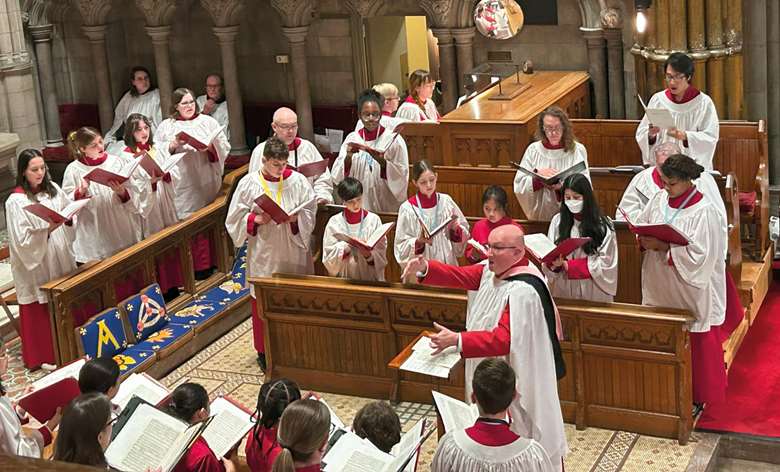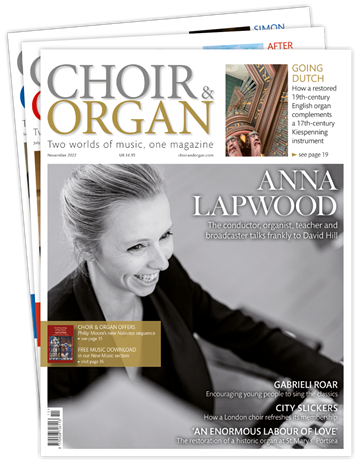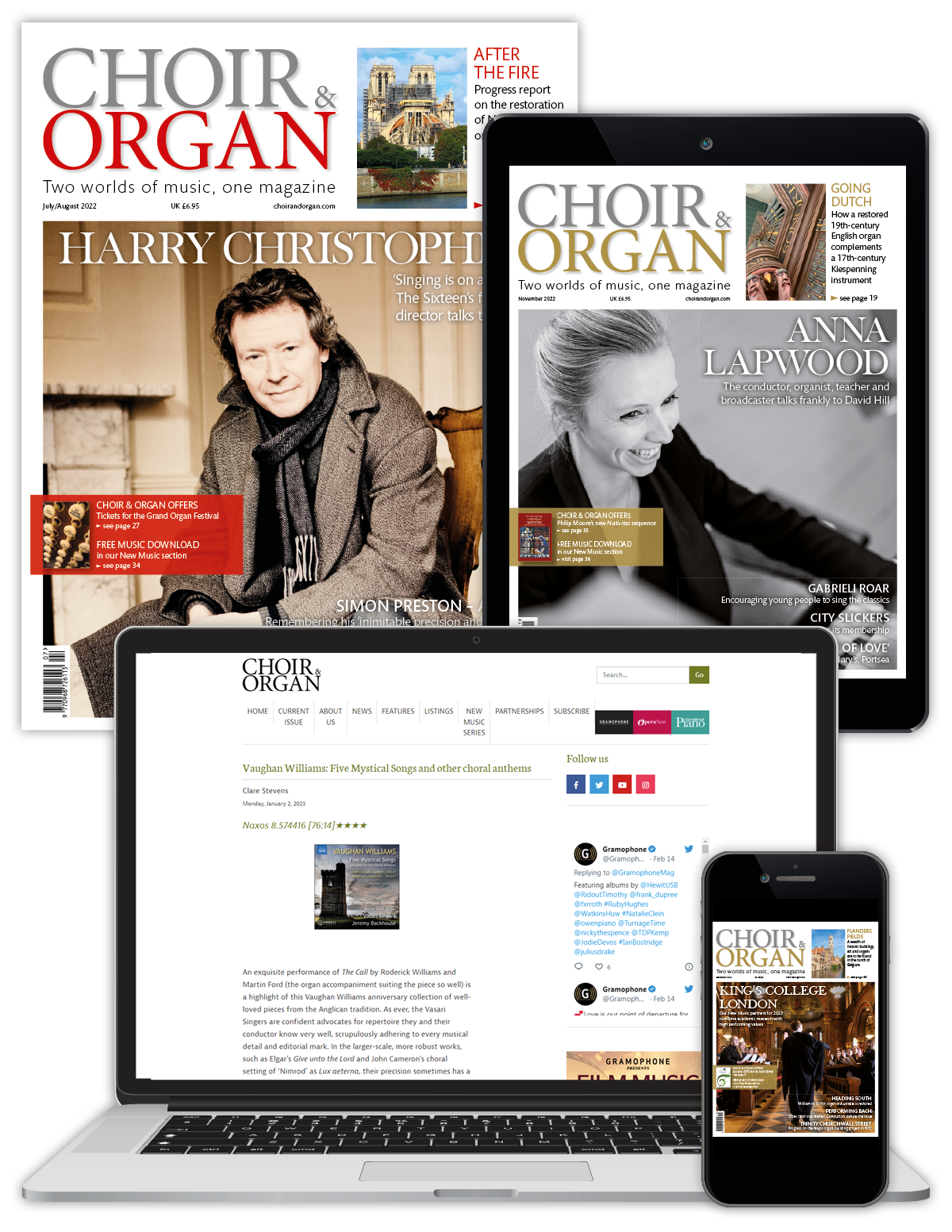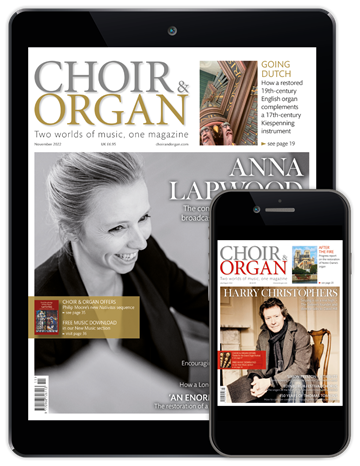Walden Moore's legacy at Trinity-on-the-Green
Jonathan Ambrosino
Friday, May 10, 2024
Jonathan Ambrosino reviews the substantial legacy of Walden Moore, who this year retires after 40 years of service at the church of Trinity-on-the-Green, New Haven, Connecticut

Register now to continue reading
This article is from Choir & Organ. Don’t miss out on our dedicated coverage of the choir and organ worlds. Register today to enjoy the following benefits:
- Free access to 3 subscriber-only articles per month
- Newly-commissioned sheet music to download from our New Music series
- Unlimited access to Choir & Organ's news pages
- Monthly newsletter






